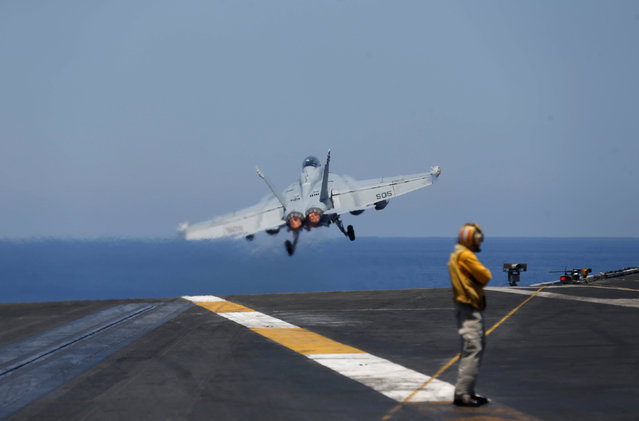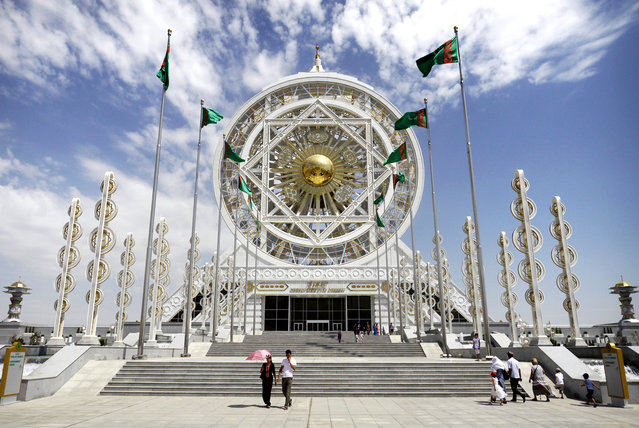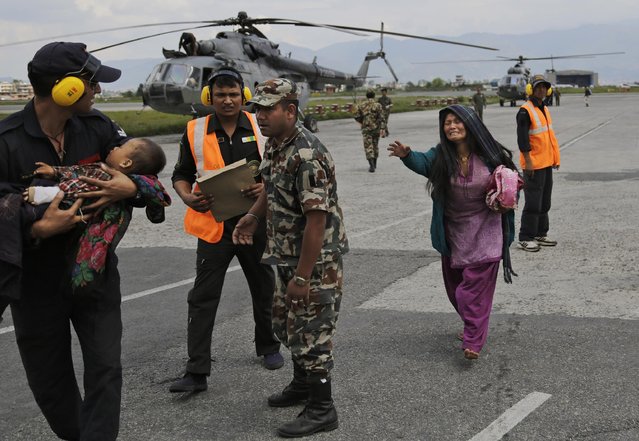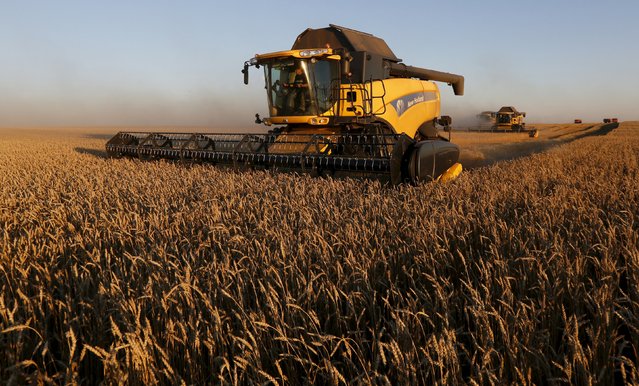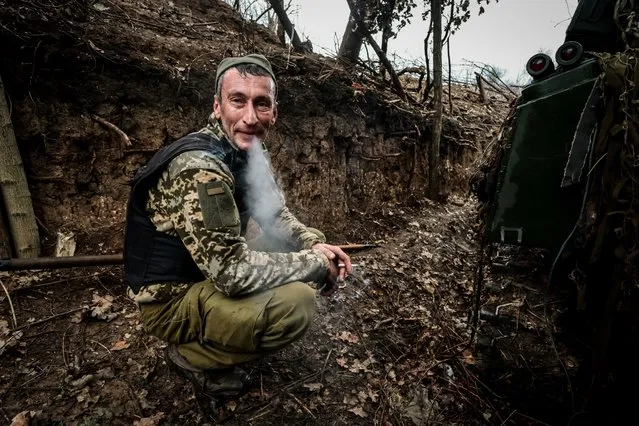
A Ukrainian serviceman of the 65th mechanized brigade smoke on position of a Soviet-made 2s1 Gvozdyka 120mm howitzer in the Zaporizhia region, Ukraine, 15 November 2023, amid the Russian invasion. Russian troops entered Ukrainian territory in February 2022, starting a conflict that has provoked destruction and a humanitarian crisis. (Photo by Kateryna Klochko/EPA)
09 Dec 2023 00:07:00,post received
0 comments

